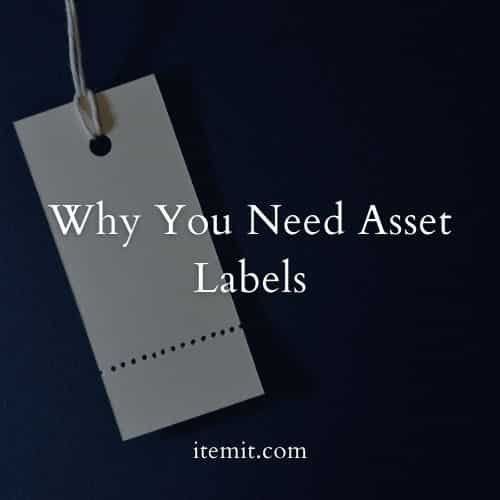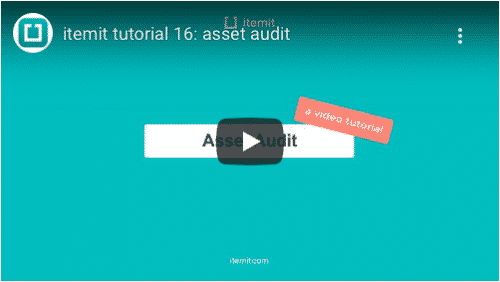
Asset labels will help you keep an eye on your things. You’ll be able to verify that you own certain equipment, manage your assets, and keep closer track of where everything is.
Asset labels don’t have to be technological, either. They can be customisable, but only need to be barcodes or QR codes to get the most out of their functionality.

What Are Asset Labels?
Asset labels are labels that you physically stick onto your assets for identification purposes. In terms of the Internet of Things, certain types of asset tags were developed and improved for auto-ID purposes. However, you’ll only need a standard, but unique, barcode to track your assets effectively.
As the information on your asset tag will be unique, it’ll be possible to use it to link to a unique asset. In other words, you’ll be able to use your asset tag for identification purposes as there will be a single asset and a single tag.
You’ll have already created an asset register of unique assets on your asset management system, so the next step will be to add asset tags to the mix.
How Asset Tags Work
Asset tags work by using unique information to tell your asset management system which asset has been discovered.
In other words, if you’re using asset labelling for IT asset management, all of your laptops will have been logged onto your IT asset management software.
As all of these laptops are unique, if one has an issue, you’ll want to be able to log the issue against that specific laptop and be able to identify where it is and how to fix it easily.
Asset tags and labels work by giving you the ability to do this. As the information is unique, you’ll be able to link the asset tag to the asset, meaning that you’ll be able to scan the asset’s tag and report the issue.
More Clarity And Control
Overall, asset tagging operations give you more clarity and control over your operations. You can edit the data of assets that are physically in front of you, for example, with a smartphone and a smartphone camera.
This has expanded into multiple different features that are based on scanning functionality. For example, you’ll be able to run audits to verify that all of your assets are in the correct location.
As asset labels are customisable, too, you get full control and peace of mind that your tags are going to stick onto the assets and stay. For example, you’ll be able to use metal QR code asset tags for heavy-duty equipment and standard vinyl tags for equipment that goes through less weathering.
Overall, asset labels give you a level of control and clarity over your assets that ensures you lose fewer items and that your fixed asset register is well maintained and up to date.
To find out more about how itemit’s asset management software can help you, you’ll be able to book a demo using the button below.
You can also contact the team at team@itemit.com or fill in the form below to start your 14-day free trial.
Why not check out these blogs:
What Is A Fixed Asset Management System?
What Is The History Of Asset Management?
Use Your Own Asset Labels!

Try itemit
Choose a better way to track
your assets.
Start your free 14-day trial now!

Keep Learning
itemit Blog
Tips, guides, industry best practices, and news.
What Is Active RFID? A Complete Guide to Smart RFID Tags
Discover what Active RFID is, how active tags function, and the key benefits and use cases that make this technology essential for modern tracking systems.
Everything You Need to Know About 2D Barcodes
Discover everything about 2D barcodes, including how they work, their benefits, and how they are revolutionizing industries and improving business operations
Complete Guide to Asset Lifecycle Management and Its Benefits
Learn about asset lifecycle management and how it helps businesses optimize asset usage, reduce costs, and improve efficiency throughout the asset’s life.




